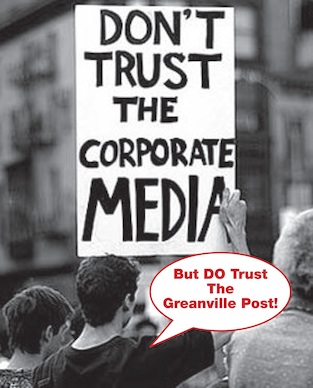Joost van Steenis: What tactical options does Occupy have?
Tactics & Strategies—
The Black Panther Party
Militancy made BPP big, not community activities

Veteran activist Joost Van Steenis questions the reformist path for Occupy. Is he right? Do reforms have a legitimate role in the Occupy protest movement?
By Joost Van Steenis
The fast rise and decline of the Black Panther movement. After the murder of Malcolm X in 1965 the BPP was founded in Oakland and reached its peak in 1969 with 10.000 members and a newspaper circulation of 250.000. The first action point was the militant defence of blacks by wearing black clothing and showing loaded guns. The State Assembly Chamber in Sacramento was invaded in 1967 by armed members when the Party was still fairly small. The Party had a list of ten demands to promote the situation of blacks in the USA as decent housing and education, freedom for black prisoners, against police brutality, etc.
Only after the decline the Party started in 1971 with community activities and later got involved in electoral policies. Reform tactics and community activities did not stop the decline and in 1980 the party had virtually disappeared.
The rise of the BPP and Occupy have similarities. A fast start based on a new idea – militant protection (even with guns) of blacks and the direct attack on financial powers. The BPP began to decline when the militant defence became more difficult and because there was no specified program of actions to enhance this point. Occupy has also a shortage of actions and lacks a specific program to undermine the financial powers. Occupy Oakland creates some enthusiasm by its campaign against police brutality but further Occupy repeats old leftists protest actions that have not been too successful. The energy is spilled by jumping from one action point to another. If there are any successes seems to be unimportant.
The study of the BPP shows that reform tactics or trying to rally the masses by community services did not stop the decline. I presume that that will also be the case with Occupy. The greatest attraction of BPP as well as Occupy was that it promised something new but then they fell back on old methods and ideas. It should be better to think of how new ideas (militant defence of blacks or attacking the financial power) can be given more substance. The driving force for Occupy is a militant attitude against the 1%. That is more important for growth than community services and reform tactics. Other movements I have been involved show the same picture. Only a few very clear targets (the 1%, the greedy rich) which the 99% find sympathetic % can rally the masses but only when these ideas are accompanied by activities that make realisation of these goals possible.
Friendly greetings, Joost van Steenis. New Facebook group “Occupy the 1%” about solving the contradiction between the 99% and the 1%. http://www.facebook.com/groups/238569759557393/
_______________________________________________________________________________
¶
ADVERT PRO NOBIS
IF YOU CAN’T SEND A DONATION, NO MATTER HOW SMALL, AND YOU THINK THIS PUBLICATION IS WORTH SUPPORTING, AT LEAST HELP THE GREANVILLE POST EXPAND ITS INFLUENCE BY MENTIONING IT TO YOUR FRIENDS VIA TWEET OR OTHER SOCIAL NETWORKS! We are in a battle of communications with entrenched enemies that won’t stop until this world is destroyed and our remaining democratic rights stamped out. Only mass education and mobilization can stop this process.
It’s really up to you. Do your part while you can. •••
Donating? Use PayPal via the button below.
THANK YOU.
____________________________________________________________________________________________________
